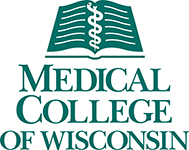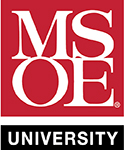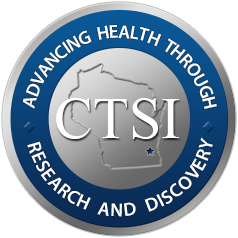Juvenile xanthogranuloma. J Am Acad Dermatol 1997 Mar;36(3 Pt 1):355-67; quiz 368-9
Date
03/01/1997Pubmed ID
9091465DOI
10.1016/s0190-9622(97)80207-1Scopus ID
2-s2.0-0030946360 (requires institutional sign-in at Scopus site) 254 CitationsAbstract
Juvenile xanthogranuloma (JXG) is a benign, self-healing disorder characterized by solitary or multiple yellow-red nodules on the skin and, occasionally, in other organs. It is predominantly a disease of infancy or early childhood, although adults may also be affected. Histologically, JXG represents an accumulation of histiocytes lacking Birbeck granules (non-Langerhans cells), which can be differentiated from Langerhans cells by specific staining techniques. Affected persons have normal lipid metabolism. JXG is therefore classified as a normolipemic non-Langerhans cell histiocytosis. The patient's general health is not impaired and, in the absence of associated conditions, the prognosis is excellent. Diagnosis is readily made in typical cases, but may be more difficult in unusual variants.
Author List
Hernandez-Martin A, Baselga E, Drolet BA, Esterly NBMESH terms used to index this publication - Major topics in bold
AdultChild
Diagnosis, Differential
Humans
Prognosis
Xanthogranuloma, Juvenile









